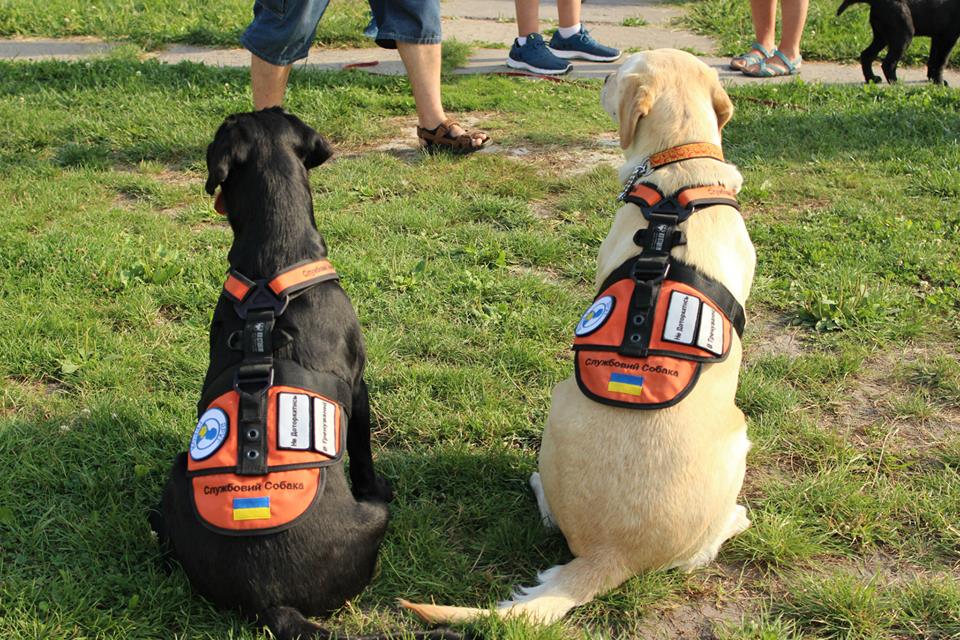When people think of “service dogs” they often refer to dogs used to assist people with physical disabilities, such as blindness or limitations in mobility. Veteran service dogs are an extension of this form of assistance, as they are trained to assist people with physical and psychologicalinjuries such as Post-Traumatic Stress Disorder. The purpose of the dog is to mitigate the physical or psychologicalinjury of their handler by helping to address his or her physical, emotional, and mental health needs.
In their preliminary study of the effectiveness of service dogs in the treatment of Post-Traumatic Stress Disorder among veterans, Dr. James Gillett and Rachel Weldrick of McMaster University noted:
The relationships that individuals have with their psychiatric service dogs consist of much more than casual interaction; for many, the dogs play an integral role in the treatment and management of their illness or disorder.
It is important to remember that a veteran service dog is much more than a well trained dog or companion – it is taught to perform a specified series of functions and forms of assistance geared at managing mental health and mitigating physical disabilities incurred as a result of combat operations.
Hero’s Companion currently trains service dogs for Ukrainian veterans. The dogs can be trained to perform a number of tasks, including but not limited to:
Psychological and Emotional Support:
- Interruptive behavior and tactile stimulation to assist in preventing or coping with emotional overload
- Help prevent the onset of flashbacks by bringing handler into the “here and now”
- Orient during panic/anxiety attack
- Reduce hyper-vigilance
- Provide deep pressure for calming effect
- Arouse from fear paralysis or disassociation spell
- Get handler out of an upsetting situation
- Wake handler before the full onset of a night terror/flashback
Crowd control, panic prevention in public:
- Assist handler in public spaces such as grocery stores, shopping centres, and public transportation
- Provide a buffer or a shield for the handler in crowded areas by creating a physical boundary, helping to keep strangers away
- Stand behind the handler to increase feelings of safety, reduce hyper-vigilance, and decrease the likelihood of the handler being startled by another person approaching them from behind
- Assist handler to leave an area by finding an exit
Practical Tasks:
- Remind handler to take medication
- Wake handler for work or school
- Call for help in advance
- Light up dark rooms
- Search dwelling
- Retrieve objects
- Open doors, cupboards, drawers
Because each dog is individually prepared for their handler, and given the diverse nature of psychological and physical disabilities which the dog can be trained to address, veteran service dogs must go through intense and prolonged training to be able to meet the specific needs of their handlers.
 All Hero’s Companion service dogs wearrecognizable orange vests with the Hero’s Companion logo on them. The vest also has “Service Dog” written across it, and patches that say “In Training” and “Do Not Touch.” It is important that you do not touch, feed, or distract the dog while it is wearing the vest, as it is working and must be focused on its handler at all times.
All Hero’s Companion service dogs wearrecognizable orange vests with the Hero’s Companion logo on them. The vest also has “Service Dog” written across it, and patches that say “In Training” and “Do Not Touch.” It is important that you do not touch, feed, or distract the dog while it is wearing the vest, as it is working and must be focused on its handler at all times.



